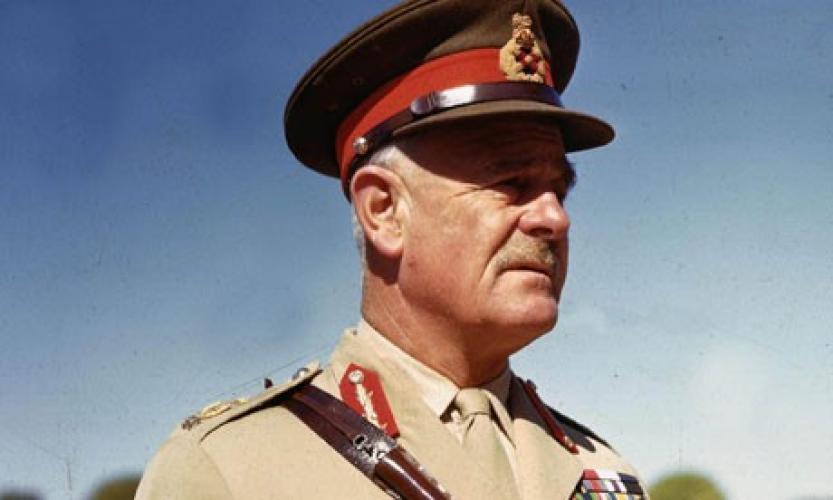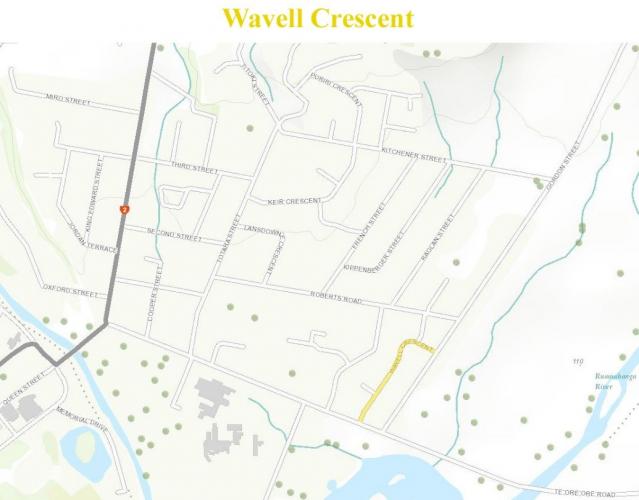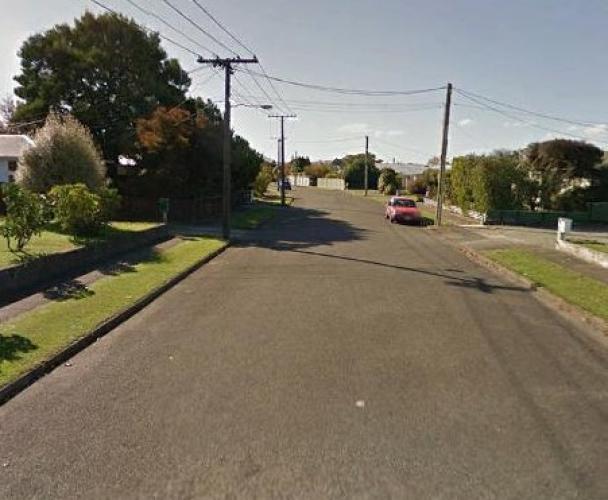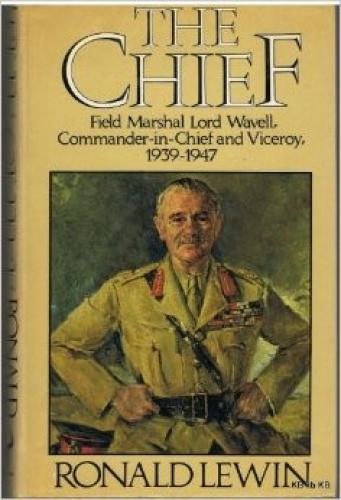101 Wavell Crescent Masterton, street scene 2017
Reason for the name
This street was named in honour of Field Marshal Archibald Percival Wavell, 1st Earl Wavell, GCB, GCSI, GCIE, CMG, MC, KStJ, PC. He was a senior officer of the British Army.
Wavell Crescent is a street in the suburb of Lansdowne, Masterton. It runs between Te Ore Ore Road and Gordon Street. Most of the streets in this part of Masterton are named after leading British and New Zealand military figures.
These include Gordon Street (Gordon of Khartoum, died 1885); Roberts Road (Lord Roberts VC, c-in-c South African War, died 1914); French Street (Sir John French, cavalry leader in South African War, c-in-c BEF 1914-1915); Raglan Street (c-in-c British Army, Crimean War, died 1855); Kitchener Street (Lord Kitchener, victor at Omdurman, c-in-c after Roberts in South African War, War Minister 1914-1916, died 1916). These streets were named before World War One, reflecting pre-World War One fame.
Additional streets named after military figures were added after World War Two as this part of Masterton expanded. This latter group included Churchill Avenue, Wavell Crescent, Gort Place, Montgomery Crescent, Montgomery Place, Kippenberger Street and Allenby Street.
Wavell Crescent hosts about 40 sections.
The names were proposed by Councillor Levien and seconded by Councillor Tankersley.
Although no reasons were offered for name choices, those selected conformed to existing names. In the case of Wavell Crescent it was added to the group of British and New Zealand military leaders. The street was named with six new streets at a monthly meeting of the Works and Finance Committee of Masterton Borough Council, on Thursday 10 March 1961.
Author: Neil Frances Wairarapa Archive
The street is named after Archibald Wavell, 1st Earl Wavell (1883-1950). He is best known as the Commander in Chief of British Forces (including New Zealanders) in the Middle East in 1940-1941. During this time he defended Egypt and Ethiopia in 1940 from Italian forces, defeating them in both areas. German intervention in North Africa, Greece and Crete in 1941 led to British defeats at a low ebb in the war. He was replaced in mid-1941 and became commander-in-chief of forces in India. When the Pacific War began in December 1941 Wavell had to take command of the south-east Asian area.
Wavell joined the British Army in 1901 and fought in the South African War. He spent a year with the Russian Army before World War One, during which he learned Russian, and served as a liaison officer with Russian forces in 1917. He lost an eye in the second Battle of Ypres, 1915, and continued as a staff officer in France and Egypt.
Between the wars Wavell held a variety of military posts, including commander of British forces in Palestine in 1937.
After Middle East service, in 1941 he was made Commander in Chief in India and later, Viceroy. British forces under his command were defeated by the Japanese Army in South-East Asia and Burma in 1942.
Wavell was Viceroy of India from 1943-1947. He was promoted to field marshal in 1943 and created a viscount the same year. Lord Mountbatten replaced Wavell in India, and he spent his last three years in Britain, holding the position of Constable of the Tower (of London). He died in 1950.








